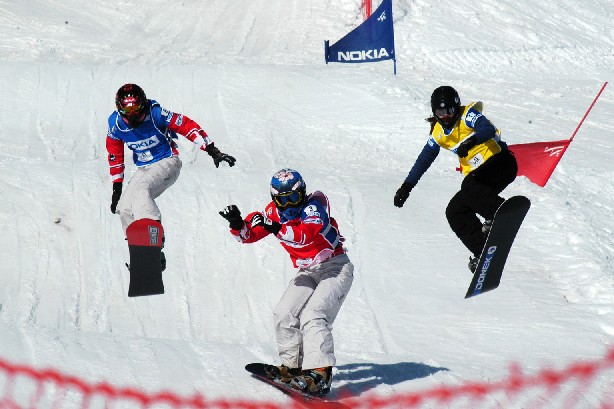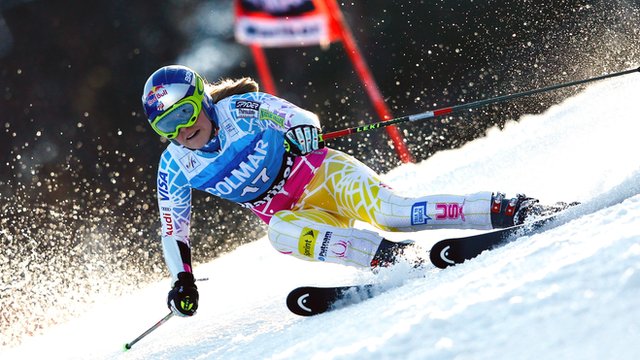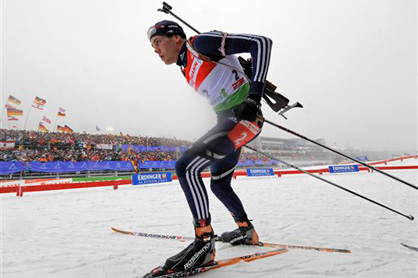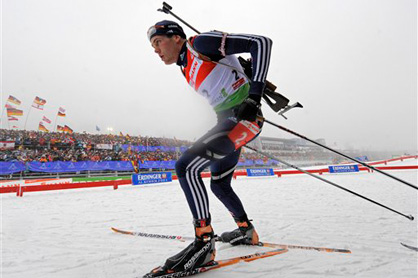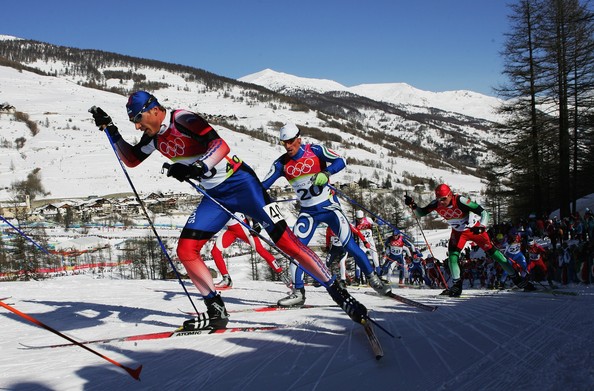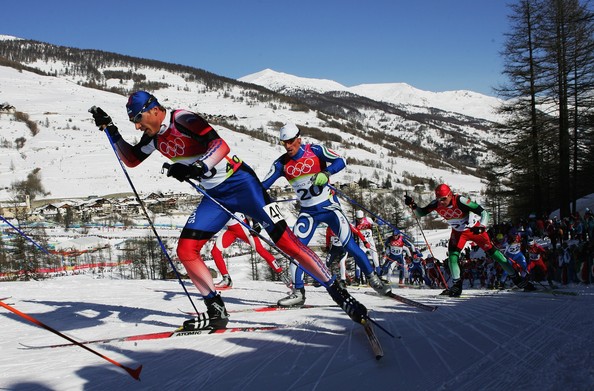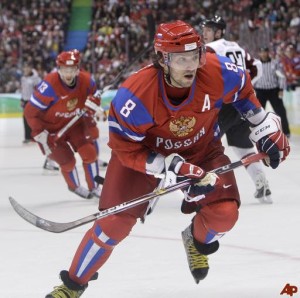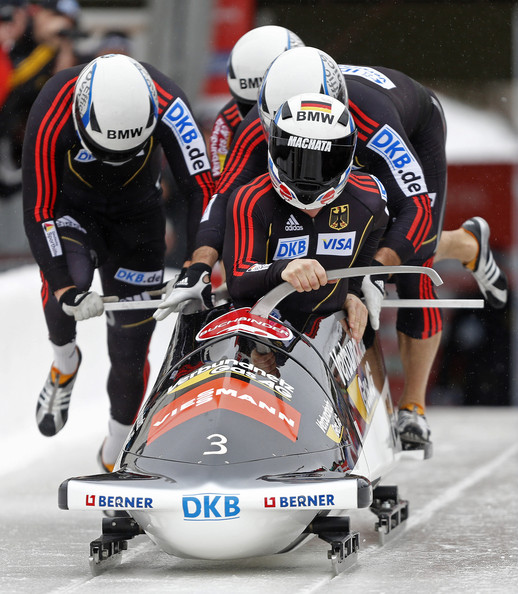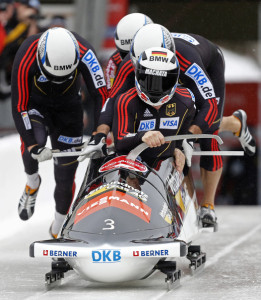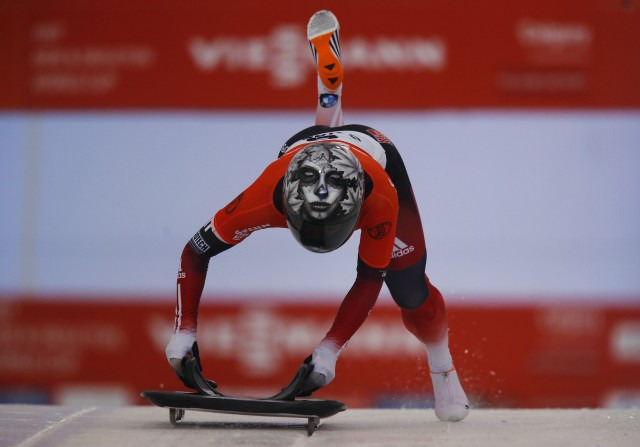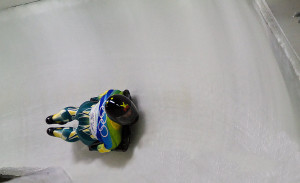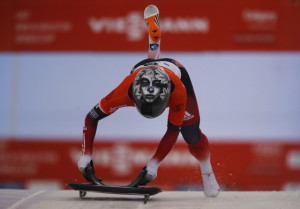Today we have a special guest feature on Curling from our friend Brian Reich who gets down with his own bad self on thinkingaboutsports.com. He worked with USA Curling to prepare a special Winter Olympics Curling preview site (www.HitTheBroom.com) making him the perfect person to write this preview for us. Thanks Brian!
Does talking about last stone advantage at cocktail parties or describing a critical eighth- end takeout with your colleagues already come naturally to you? If not, then you are not alone. Curling is an exciting sport filled with strategy, athleticism, and action, with millions of fans around the world. But, for most people (in the United States), the sport is still new and possibly a little confusing. If you are a casual fan, or a potential fan, you may have questions: What is curling? Why are they sweeping? What are they yelling about?
We launched www.HitTheBroom.com, a site devoted to curling, to answer these questions and more to help casual (and would-be) fans get a better grasp of the sport. The more you understand and appreciate what is happening on the ice, the more likely you will be to watch, and enjoy watching, and the more engaged you will become as a fan.
We also put together a casual fan’s guide to curling, a line of t-shirts, and we will be sharing insights and details throughout the Olympics.
To help get you started:
What is Curling?
Curling is played on a long, narrow sheet of ice with a marked target area, called the house, at each end. Two teams, each with four players, take turns sliding 42-pound granite stones to the far side of the ice sheet. The objective for each team is to get its stones closest to the center button of the house.
Players vigorously sweep the ice in front of the stone to keep it moving. The friction caused by the sweeping polishes the ice briefly, which makes the stones travel farther and straighter.
Each curling match is divided into ten ends. Each end includes both teams delivering all of its stones (eight stones per team). After all the stones have been delivered, the team whose stone is closest to the button gets a point. Additional points are scored by other stones in the house that belong to the same team, at one point per stone.
The team with the most points after the tenth end is the winner.
How Does Curling Work?
Before the shot: As the person delivering the shot steps up to the hack, the foothold located behind the house that is used to push off, she looks to the far end of the sheet for instructions. Another player, usually the skip (captain), communicates the type of shot that should be used and the distance it should travel with a series of hand and arm movements, and uses a broom to mark the shot where the shooter should aim.
Delivery: From a kneeling position, with a foot flat on the ice, the player with the stone begins a shot by sliding forward and releasing the stone before crossing the hog line, painted under the ice. The player delivering the stone gives it a slight spin upon release, depending on which direction they want it to travel. The stone is now in play and the team begins working to get it as close to the target as possible. The spin allows the stone to travel in a curved path, or curl, as it approaches the house.
Communication: Immediately after release, the skip yells to the other two teammates, telling them whether or not the line is good and whether adjustments are needed.
Sweeping: The primary method to assist a stone’s movement down the curling sheet is sweeping in front of its path. Players may not make contact with the stone, but they can clear the ice in front of the stone to enable smooth movement.
Scoring: A team receives one point for each stone that is within the house and is closer to the button (center of the target area at the end of the sheet) than any of the opposition’s stones. Only one team can score points in an end. Each stone that meets these criteria is worth one point.
What Should You Watch For?
There are so many things to watch for with curling. A couple to start with:
Last Stone Advantage: If a team has the hammer, it will try to keep the house clear of stones so as to have access to the button area at all times and finish an end in position to score points. If a team does not have the hammer in an end, it may try to clog up the four-foot zone in the house to deny the opposing team access to the button.
The Skip’s Signals: The skip uses a combination of hand signals and broom placements to communicate what shot is needed.
Yelling: As the stone moves down the ice, the skip often yells to communicate how the sweepers should help to influence the shot. Some common calls made by the skip include: Hurry (sweep as fast as you can), Hurry Hard (sweep as fast as you can, with downward pressure), and Clean (keep a broom down on the ice, without applying much pressure, to clear away anything that could disrupt the movement of the stone).
Sportsmanship: Sportsmanship is a big part of the culture of curling. There is no trash talking. Players always shake hands, and curlers say “good shot” (or similar) to their opponents when appropriate. And tradition dictates that competitors share a beer after a match. It is genuine, not gamesmanship.
What are Some Fun Curling Stories?
Craig Brown, the men’s team alternate, and Erika Brown, the skip of the Women’s team, are siblings. Their father, Steve Brown, is a legendary curler with multiple national titles, and is now the National Wheelchair Curling Team Development Coach. Both John Shuster and Erika Brown, the Team USA men’s and women’s skips respectively, are both making their third appearance in the Olympics. Vernon Davis of the San Francisco 49ers is an honorary member of Team USA as well. China and Japan qualified to curl in the Olympics for the first time this year. And you won’t be able to miss the Norwegian Curling team’s pants.
More Information
For more about curling, visit www.HitTheBroom.com and download the casual fan’s guide to curling. You can also find out more on twitter (@ThinkSports).
Thanks for reading,
Brian

